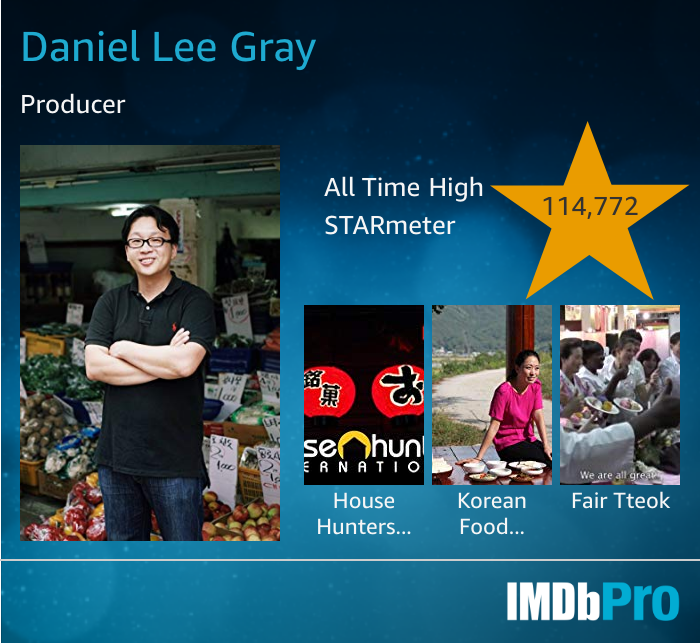Food for Thought: Same Korean Meal, but Different Day
Sadly, this is Lindsey's last column for Seoul Eats. I'm sad to see her go, because her articles have always been full of insight and thought. Lindsey, I wish you the best of luck on all of your endeavors.
Sincerely,
Dan
Written by Lindsey Huster
The word meal came up as a vocabulary word a few weeks ago.
When explaining this word to my students, I talked about the meals you eat throughout the day. For example, you eat consume different foods for breakfast, than you do at lunch, and at dinner. The idea of eating "different foods," however, did not register with most of my students. Many of them looked bewildered and confused. Some even laughed.
I was told that no, this is not the case with some of my students. When I asked my students what they had for breakfast, most of them said rice. And for lunch? Rice. And dinner? Rice again. (Of course, many of the meals also included kimchi).
In a number of Korean homes, there is no separate category for what Westerners think of as "breakfast." A typical Korean breakfast may be the same as other meals of the day, except there are less side dishes. Most breakfast meals include rice (bag), soup (guk), kimchi and a few others sides as well.
Rice has always been a go-to as a Korean meal. Although Korean cuisine has diversified significantly since the Korean War, many Koreans eat the same (or similar) kinds of foods. Most meals include rice as some part of the meal. Dishes like bokumbap (fried rice), bibimbap (mixed rice and vegetables) and kimbap (rice and vegetables wrapped in seaweed) remain regular dishes as well.
White rice is also seen as a delicacy in Korean cuisine. At one time, farmers even calculated their wealth by the amount of rice they had. During the Japanese occupation, food was scarce and rice even more so. As a result, many people were lucky to enjoy a bowl of white rice per year. The rest of the time, rice was mixed with other grains like barely and miller, or even beans.
Eating the same (or rather similar) meal is not a feature of just Korean households. A number of neighboring Asian countries use rice as a main staple for foods. In China and Japan, all meals usually have rice. In fact, anything without rice is considered a "snack" by Chinese standards.
Although the majority of my students eat rice for breakfast, there are the occasional students who eat cereal and fruit. Since the 1970s, there has been a rise in the consumption of meat, bread, noodles and processed foods. As a result, there has also been a decrease in rice consumption. Even with Western influence, however, some Koreans may opt for a bowl of rice rather than a bowl of cereal.
Lindsey is from Chicago, and generally likes anything vegetarian and Korean. Check out her blog at http://www.teachkoreatips.com.
Sincerely,
Dan
| Rice Battered, Deep-fried Hotdog |
The word meal came up as a vocabulary word a few weeks ago.
When explaining this word to my students, I talked about the meals you eat throughout the day. For example, you eat consume different foods for breakfast, than you do at lunch, and at dinner. The idea of eating "different foods," however, did not register with most of my students. Many of them looked bewildered and confused. Some even laughed.
I was told that no, this is not the case with some of my students. When I asked my students what they had for breakfast, most of them said rice. And for lunch? Rice. And dinner? Rice again. (Of course, many of the meals also included kimchi).
In a number of Korean homes, there is no separate category for what Westerners think of as "breakfast." A typical Korean breakfast may be the same as other meals of the day, except there are less side dishes. Most breakfast meals include rice (bag), soup (guk), kimchi and a few others sides as well.
Rice has always been a go-to as a Korean meal. Although Korean cuisine has diversified significantly since the Korean War, many Koreans eat the same (or similar) kinds of foods. Most meals include rice as some part of the meal. Dishes like bokumbap (fried rice), bibimbap (mixed rice and vegetables) and kimbap (rice and vegetables wrapped in seaweed) remain regular dishes as well.
White rice is also seen as a delicacy in Korean cuisine. At one time, farmers even calculated their wealth by the amount of rice they had. During the Japanese occupation, food was scarce and rice even more so. As a result, many people were lucky to enjoy a bowl of white rice per year. The rest of the time, rice was mixed with other grains like barely and miller, or even beans.
Eating the same (or rather similar) meal is not a feature of just Korean households. A number of neighboring Asian countries use rice as a main staple for foods. In China and Japan, all meals usually have rice. In fact, anything without rice is considered a "snack" by Chinese standards.
Although the majority of my students eat rice for breakfast, there are the occasional students who eat cereal and fruit. Since the 1970s, there has been a rise in the consumption of meat, bread, noodles and processed foods. As a result, there has also been a decrease in rice consumption. Even with Western influence, however, some Koreans may opt for a bowl of rice rather than a bowl of cereal.
Lindsey is from Chicago, and generally likes anything vegetarian and Korean. Check out her blog at http://www.teachkoreatips.com.





